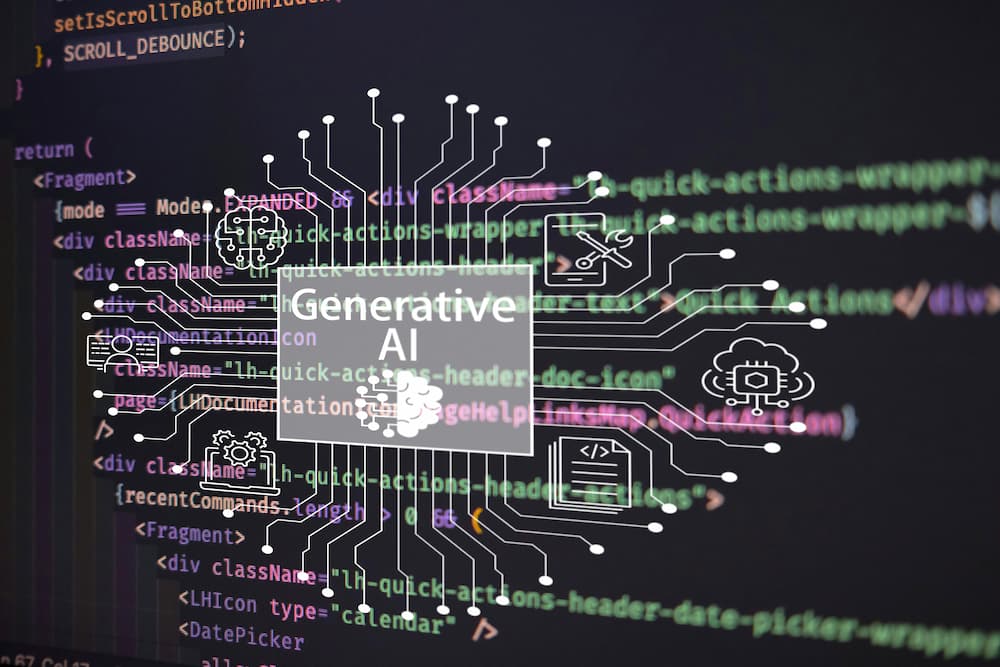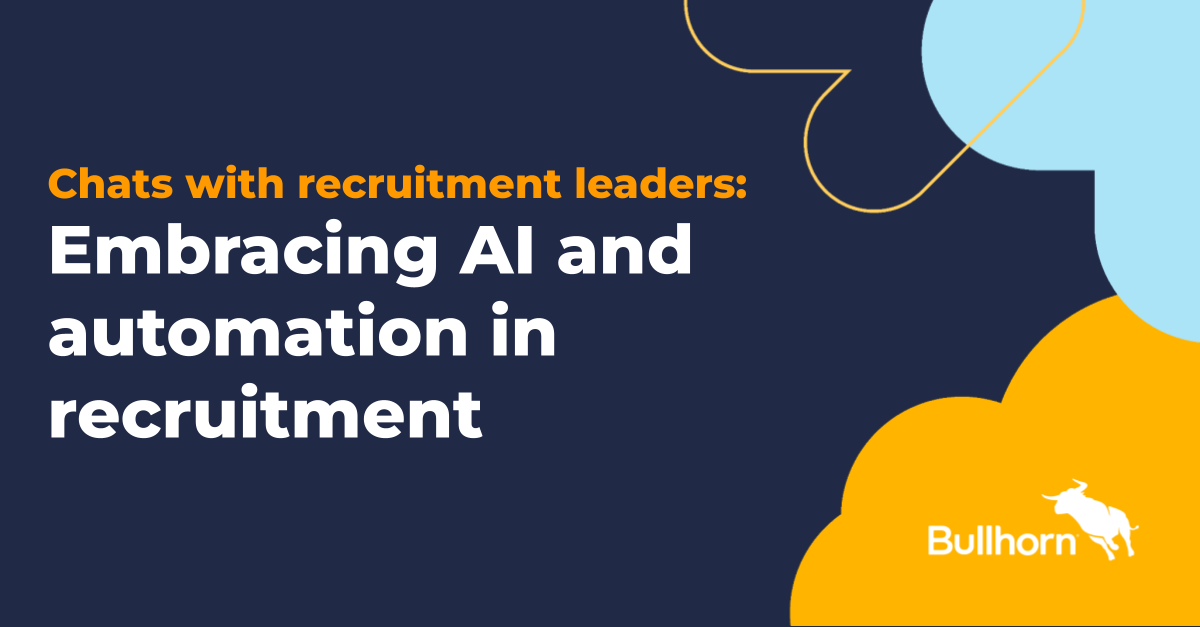Human Resources (HR) departments are undergoing a significant transformation. Traditionally viewed as administrative support functions, HR teams are now emerging as strategic partners, integral to driving organizational success.
This shift is largely propelled by the integration of data analytics into HR practices, enabling more informed and effective decision-making.
Embracing a data-driven approach allows HR professionals to move beyond intuition, leveraging empirical evidence to guide strategies in talent acquisition, employee engagement, performance management, and retention.
By analyzing relevant metrics, organizations can identify trends, predict outcomes, and implement proactive measures that align with overarching business objectives.
This article provides a comprehensive roadmap for establishing a data-driven HR department. It delves into the fundamentals of data-driven HR, outlines the benefits, and presents actionable steps for implementation.
It also explores real-world case studies, addresses potential challenges, and offers insights to help HR leaders navigate the journey toward a more analytical and strategic function.
Understanding Data-Driven HR
Data-driven Human Resources (HR) represents a transformative approach where decisions are informed by empirical data rather than intuition or anecdotal evidence. This methodology encompasses the systematic collection, analysis, and application of employee-related data to guide HR strategies and operations.
By leveraging data analytics, HR professionals can gain insights into various aspects such as recruitment efficacy, employee engagement levels, performance metrics, and retention rates.
This enables organizations to identify patterns, predict trends, and implement proactive measures that align with overarching business objectives.
Data-driven HR is the systematic use of employee-related data to inform decisions around hiring, engagement, performance, and retention.
The implementation of data-driven HR practices involves integrating advanced technologies like Human Resource Information Systems (HRIS), Applicant Tracking Systems (ATS), and analytics platforms.
These tools facilitate the aggregation and analysis of vast amounts of data, providing a comprehensive view of the workforce.
For instance, predictive analytics can forecast hiring needs, identify potential flight risks among employees, and assess the effectiveness of training programs. Such insights empower HR teams to make informed decisions that enhance organizational efficiency and employee satisfaction.
Adopting a data-driven approach in HR not only streamlines processes but also fosters a culture of continuous improvement and accountability.
By grounding decisions in data, organizations can mitigate biases, ensure compliance with regulatory standards, and tailor HR initiatives to meet the evolving needs of their workforce.
This strategic alignment of HR functions with data analytics is pivotal in driving sustainable growth and maintaining a competitive edge in today’s dynamic business environment.
The Evolution of HR: From Admin to Strategic Partner
| Traditional HR | Data-Driven HR |
|---|---|
| Administrative support | Strategic business partner |
| Intuition-based decisions | Empirical, data-based decisions |
| Manual processes | Automated and analytical workflows |
| Reactive planning | Proactive and predictive strategies |
Key Benefits Of A Data-Driven HR Department
Implementing a data-driven approach in Human Resources (HR) offers numerous strategic advantages that enhance organizational performance and employee satisfaction.
By leveraging data analytics, HR departments can make informed decisions that align with business objectives and foster a more engaged workforce.
- Enhanced Decision-Making: Data-driven HR enables objective decision-making by providing empirical evidence to guide strategies in recruitment, performance management, and employee development. This approach reduces reliance on intuition, allowing HR professionals to identify trends and make proactive adjustments.
- Improved Talent Acquisition and Retention: Analyzing data from applicant tracking systems and employee feedback helps HR teams identify effective recruitment channels and understand factors influencing employee turnover. This insight facilitates the development of targeted strategies to attract and retain top talent.
- Increased Operational Efficiency: By automating routine HR tasks and utilizing analytics to streamline processes, organizations can achieve greater efficiency. This allows HR professionals to focus on strategic initiatives that contribute to organizational growth.
- Enhanced Employee Engagement: Monitoring employee engagement metrics enables HR to identify areas for improvement and implement initiatives that foster a positive work environment. Engaged employees are more productive and contribute to a healthier organizational culture.
- Strategic Workforce Planning: Data analytics supports effective workforce planning by forecasting future staffing needs and identifying skill gaps. This proactive approach ensures that the organization is prepared to meet evolving business demands.
In summary, adopting a data-driven HR strategy empowers organizations to make informed decisions, optimize processes, and cultivate a resilient workforce aligned with business goals.
Steps To Build A Data-Driven HR Function
Building a data-driven Human Resources (HR) function is a strategic endeavor that requires deliberate planning, investment in technology, and a commitment to fostering a culture that values data-informed decision-making.
The steps below provide a comprehensive roadmap to guide organizations. By systematically following these organizations can transition their HR functions into strategic, data-driven entities that contribute significantly to overall business success.
Step 1. Assess the Current HR Data Landscape
Begin by evaluating the existing HR data infrastructure. Identify all data sources, such as Human Resource Information Systems (HRIS), Applicant Tracking Systems (ATS), payroll systems, and employee surveys.
Assess the quality, accuracy, and accessibility of this data to ensure it can support analytical efforts. Understanding the current state of data collection and management is crucial for identifying gaps and areas for improvement.
Step 2. Define Clear Objectives and Metrics
Establish specific, measurable, achievable, relevant, and time-bound (SMART) goals for the HR department. Align these objectives with broader organizational strategies to ensure coherence.
Define key performance indicators (KPIs) that will be used to measure progress, such as turnover rates, employee engagement scores, and time-to-fill positions. Engaging stakeholders in this process ensures that the metrics are meaningful and actionable.
Step 3. Implement Advanced HR Technologies
Invest in HR analytics platforms that integrate with existing systems and provide advanced analytical capabilities. These tools should offer features like predictive analytics, data visualization, and real-time reporting to facilitate data-driven decision-making.
Selecting the right technology stack is essential for enabling efficient data collection, storage, and analysis.
Step 4. Foster a Data-Driven Culture
Cultivate a culture that values data-driven decision-making. Provide training to HR professionals on data analysis techniques and the importance of evidence-based practices.
Encourage collaboration across departments to share insights and align strategies. Leadership commitment is vital to embed data-centric thinking throughout the organization.
Step 5. Ensure Data Privacy and Compliance
Adhere to data protection regulations, such as the General Data Protection Regulation (GDPR) and the California Consumer Privacy Act (CCPA).
Implement robust data security measures and obtain informed consent from employees before collecting and analyzing their data. Establishing clear data governance policies ensures the ethical handling of sensitive information.
Case Studies: Real-World Applications
Implementing data-driven strategies in Human Resources (HR) has enabled leading organizations to enhance decision-making, improve employee engagement, and drive business success.
The case studies below demonstrate the tangible benefits of integrating data analytics into HR practices. By leveraging data to inform decisions, organizations can proactively address challenges, optimize talent management, and drive strategic outcomes.
Credit Suisse: Predicting Employee Turnover
Credit Suisse, a global financial services firm, faced challenges with high employee turnover. To address this, the company developed a predictive analytics model that evaluated various factors, including team size, manager performance, tenure, and demographic traits, to calculate the probability of an employee leaving within the next year.
By identifying at-risk employees, managers could implement targeted retention strategies. This initiative led to a significant reduction in unwanted attrition, resulting in annual savings estimated between $75 million and $100 million.
IBM: Enhancing HR Operations with Workforce 360
IBM recognized the need to improve data quality and productivity within its HR operations. In collaboration with the IBM Chief Data Office, the company developed Workforce 360 (Wf360), a platform designed to consolidate and analyze people’s data.
This initiative aimed to address challenges associated with poor data quality, which Gartner reports can cost organizations an average of $12.9 million annually. By implementing Wf360, IBM enhanced data accuracy, increased productivity, and shifted HR efforts toward higher-value work.
Google: Data-Driven Hiring Process
Google revolutionized its hiring process by adopting a data-driven approach. The company analyzed historical hiring data to identify patterns and predictors of employee success.
This analysis informed the development of structured interview questions and assessment criteria, leading to more objective and effective hiring decisions. As a result, Google improved the quality of its hires, reduced bias in the recruitment process, and enhanced overall organizational performance.
Challenges With The Implementation Of Data-Driven HR
Implementing a data-driven Human Resources (HR) function presents several challenges that organizations must navigate to ensure the successful adoption and utilization of analytics. Below are key considerations, each succinctly described:
Prioritizing Challenges in Data-Driven HR Adoption

Data Quality and Integration Issues: Inconsistent or fragmented data from multiple sources hampers accurate analysis and decision-making.
Lack of Data Literacy Among HR Professionals: Many HR teams lack the necessary skills to interpret and leverage data effectively for strategic decisions.
Resistance to Change Within the Organization: Employees and leadership may be hesitant to adopt new data-driven approaches, preferring traditional methods.
Privacy and Compliance Concerns: Handling sensitive employee data requires strict adherence to privacy laws and ethical standards.
Insufficient Technological Infrastructure: Outdated or incompatible systems can impede the implementation of advanced HR analytics tools.
Overwhelming Volume of Data: The sheer amount of available data can be daunting, making it challenging to extract meaningful insights.
Potential for Data Misinterpretation: Without proper analytical skills, there is a risk of drawing incorrect conclusions from data analyses.
High Implementation Costs: Investing in new technologies and training programs can be financially demanding for organizations.
Ensuring Data Security: Protecting employee data from breaches is critical to maintaining trust and complying with regulations.
Aligning Data Strategies with Business Goals: Ensuring that HR analytics initiatives support overarching organizational objectives is essential for relevance and effectiveness.
Addressing these challenges requires a strategic approach, including investing in appropriate technologies, enhancing data literacy, and fostering a culture that embraces data-driven decision-making.
Considerations To Avoid The Challenges
To effectively address the challenges associated with building a data-driven Human Resources (HR) department, organizations can implement the following strategies:
- Enhance Data Quality and Integration: Centralize HR data sources, standardize entry protocols, and implement validation processes to ensure consistent, accurate, and integrated information systems.
- Improve Data Literacy Among HR Professionals: Offer targeted training programs, foster a data-centric culture, and encourage collaboration with data experts to enhance analytical competencies.
- Address Resistance to Change: Communicate benefits, involve stakeholders early, and provide continuous support to ease transitions and encourage the adoption of data-driven practices.
- Ensure Data Privacy and Compliance: Develop comprehensive policies, implement robust security measures, and educate employees on data protection to uphold privacy and regulatory standards.
By implementing these strategies, organizations can effectively overcome challenges and foster a successful, data-driven HR environment.
Conclusion
Building a data-driven Human Resources (HR) department is a strategic endeavor that necessitates meticulous planning, technological investment, and a steadfast commitment to cultivating a data-centric culture.
By harnessing analytics, HR can transcend its traditional administrative role to become a pivotal strategic partner that propels organizational success.
The integration of data analytics into HR functions enables organizations to make informed decisions, optimize talent management, and align workforce strategies with overarching business objectives.
This transformation is not merely about adopting new tools but also about fostering a culture where data-driven decision-making is ingrained in the organizational fabric.
To achieve this, organizations must prioritize data literacy, ensure data quality and integration, and address potential resistance to change. By doing so, HR departments can leverage data to drive innovation, enhance employee engagement, and contribute significantly to the organization’s competitive advantage.
Embracing a data-driven approach in HR is not just a trend but a critical step toward sustainable growth and success in today’s dynamic business environment.











